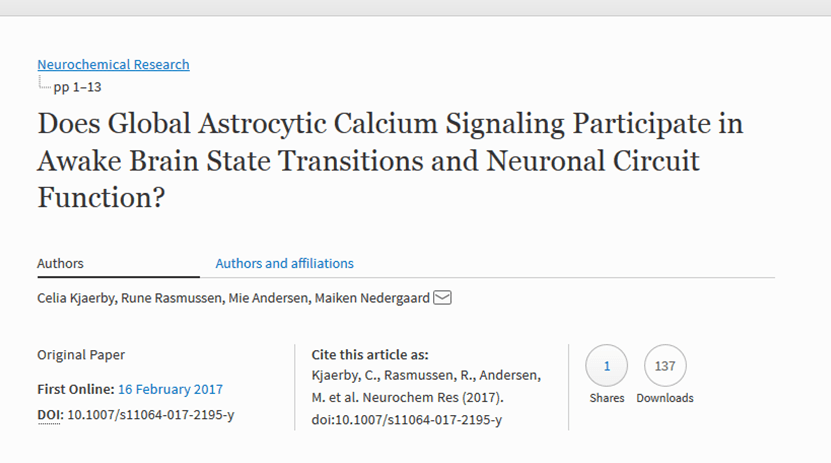Patients who had a diagnosis of Parkinson’s disease (PD) with dementia (PDD) or dementia with Lewy bodies (DLB) and had higher levels of Alzheimer’s disease (AD) pathology in their donated post-mortem brains also had more severe symptoms of these Lewy body diseases (LBD) during their lives, compared to those whose brains had less AD pathology, according to new research. In particular, the degree of abnormal tau protein aggregations, indicative of AD, most strongly matched the clinical course of the LBD patients who showed evidence of dementia prior to their deaths, according to the study, which was published in The Lancet Neurology.
The team used post-mortem brain tissue donated by 213 patients with LBD and associated dementia, which was confirmed during autopsies to have alpha-synuclein pathology. They paired the tissue analysis with the patients’ detailed medical records. This unique study combined data from eight academic memory or movement disorder centers.
LBD is a family of related brain disorders made up of the clinical syndromes of PD, without or with dementia or DLB. LBD is associated with clumps of misshapened alpha-synuclein proteins. On the other hand, AD pathology is made up of clusters of the protein beta-amyloid called plaques and twisted strands of the protein tau, called tangles. Patients with LBD may have varying amounts of AD pathology, in addition to alpha-synuclein pathology.
Treatments directed at tau and amyloid-beta proteins are currently being tested in patients with Alzheimer’s disease. This study could help in selecting appropriate patients for trials of emerging therapies targeting these proteins singly or in combination with emerging therapies targeting alpha-synuclein protein in LBD.
The study suggests that Lewy body pathology may be the primary driver of disease seen in the patients; whereas, AD pathology has an impact on the overall course of disease.
None of the LBD patients had a clinical diagnosis of AD, but their post-mortem brain tissue revealed varying amounts of AD neuropathology. Post-mortem analysis of five brain regions per patient showed that they fell into one of four categories of AD pathology: 23 percent negligible or no AD, 26 percent had low-level, 21 percent intermediate, and 30 percent had high-level.
Increasing severity of AD pathology correlated with a shortened time from motor symptoms to the onset of dementia and death, with the most significant trends seen in the intermediate- and high-level AD groups compared to the low-level and no AD groups. Tau pathology, in particular, was the strongest predictor of a shorter time to dementia and death. AD pathology was also higher in patients who were older at the time of onset of motor symptoms and dementia.
The team also found that two relevant genetic variants in sequences of the patients’ DNA samples correlated with the amount of AD pathology. The frequency of a genetic variant in a gene coding for a protein involved in cholesterol metabolism (APOE, the most common risk factor for AD) was more frequent in patients who were in the intermediate or high AD pathology group compared to those in the low-level or no AD group. Interestingly, a variation in the gene for the protein GBA (a risk factor for LBD) was more frequent in patients without significant AD pathology. This gene is associated with LBD overall but not the subgroup with AD pathology.
In the brain, the enzyme GBA normally aids in the breakdown of worn out and misshapened proteins, such as alpha-synuclein. Together these findings suggest that genetic risk factors could influence the amount of AD pathology in LBD. Further understanding of the relationships between genetic risk factors and AD and alpha-synuclein pathology will help improve treatments for these disorders.
Paper: ”Neuropathological and genetic correlates of survival and dementia onset in synucleinopathies: a retrospective analysis”
Reprinted from materials provided by the Perelman School of Medicine at the University of Pennsylvania.



